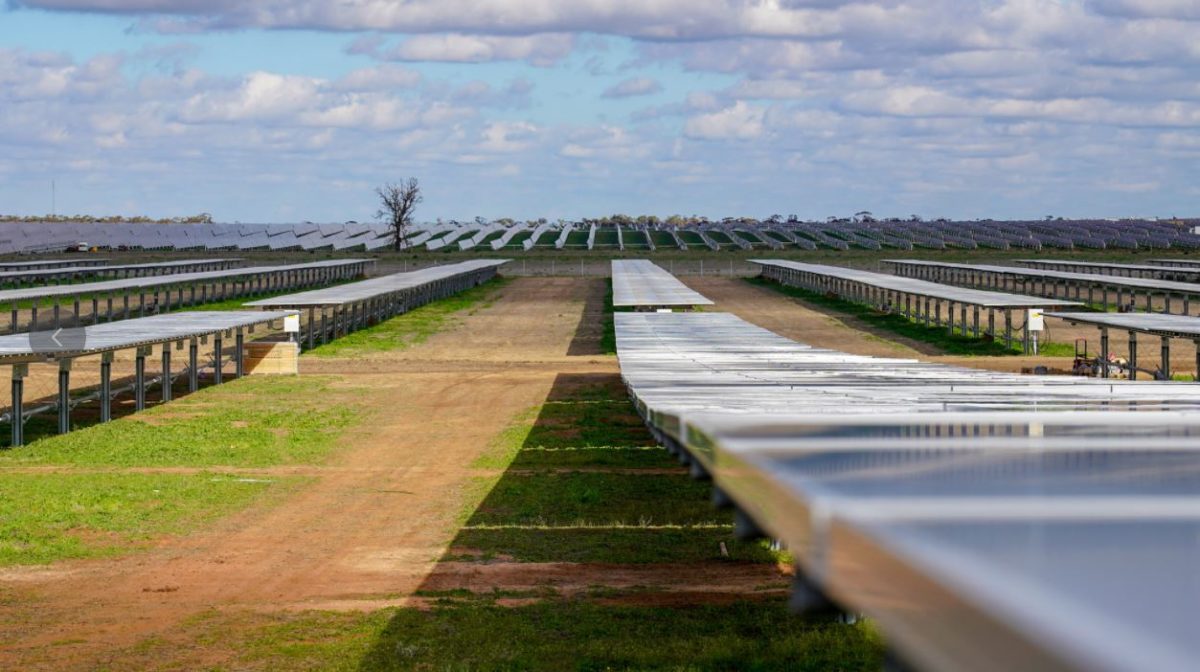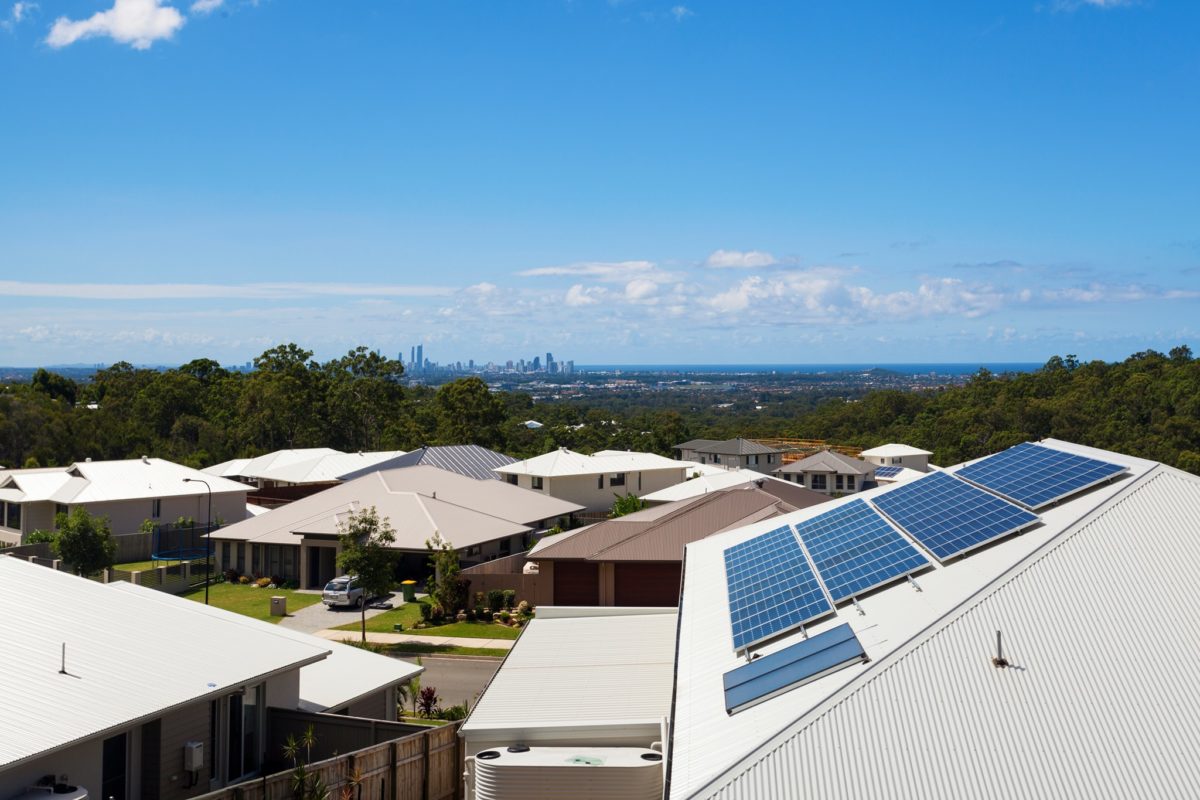https://www.pv-magazine-australia.com/2022/02/14/major-marine-survey-launched-for-proposed-3-5-billion-transmission-project/
Major marine survey launched for proposed $3.5 billion transmission project

The TEK Ocean Spirit prepares to leave port.
Image: TEK
The Marinus Link company, a subsidiary of state-owned network operator TasNetworks, has launched a major marine engineering survey in a bid to identify the optimum route for the undersea cable which would connect Tasmania and Victoria, unlocking renewable energy projects on both sides of Bass Strait.
Marinus Link said the survey, the third for the project and the largest so far, will build on results and analysis of previous site investigations and help identify the most suitable corridor for burying the project’s undersea high voltage direct current (HVDC) cable.
Marinus Link chief executive Bess Clark said the survey work is “well underway, with feet on the ground and a ship being mobilised”.
“We’ve got teams working across Tasmania, Victoria and preparing for our next Bass Strait survey,” she said.
“They’re gathering data to support design and approvals work, to progress Marinus Link and help Australia’s transition to clean, reliable and affordable energy.”
Melbourne-based TEK Ocean Group, appointed to provide marine services by Australian company MMA Offshore which last year won the $5.5 million engineering surveys contract, said on Friday the 87-metre TEK Ocean Spirit had sailed from port in Burnie and headed south to start the survey.
The survey will encompass an estimated 255 kilometres between Heybridge in northwest Tasmania and Waratah Bay in South Gippsland, Victoria. Those on board the vessel will investigate approximately 110 sites across the Bass Strait, in sea depths up to 80 metres. The survey is expected to take between four to six weeks to complete.
Marinus Link offshore lead Sean Van Steel said the main aims of the site investigation are to assist with the cable route feasibility assessment and cost estimates for the project.
“This survey builds on the results and analysis of previous surveys we have conducted,” he said. “The locations chosen to take samples have been selected to minimise the impact on the seabed floor, reefs and marine life.”

Image: Marinus
Clark has previously said the proposed $3.5 billion project will “give Australians access to cheaper, clean, reliable energy and transform Tasmania into a renewable energy powerhouse”.
“With Project Marinus, businesses and investors in mainland Australia will have the assurance of a stable power supply when solar and wind generation is not available and batteries have run out,” she said.
“Along with other major transmission projects, Project Marinus will become the backbone of a reliable, lower emissions NEM for the next decade and beyond.”
The company said the link is expected to “unlock” carbon dioxide emission reductions of at least 140 million tonnes by 2050, the equivalent of removing about one million petrol or diesel cars from the road.
The current target date for commissioning and commercial operation of the first 750 MW stage of the Marinus Link project is 2027-28, with the commissioning and commercial operation of the second 750 MW stage currently scheduled for 2029-30.
The start of the survey follows the Tasmanian Government’s announcement that it has terminated its commercial agreement with the company that operates the Basslink undersea cable that currently links the island state’s grid to the mainland.

Image: Siemens
Tasmania Energy Minister Guy Barnett said in a statement on Thursday the government and state-owned utility Hydro Tasmania had taken “another step” towards protecting their legal rights, by terminating the Basslink Services Agreement (BSA).
The move is the latest in a long-running legal dispute between the government and the operators of the link following a months-long failure of the interconnector in 2015 which contributed to an energy crisis in the state. A 2020 arbitration concerning the cause of the outage found the link cannot meet the capacity requirements set out in the BSA.
The companies that own and operate the Basslink cable were ordered to pay more than $70 million to Hydro Tasmania and the state government but have since entered voluntary administration.
Barnett said since then the government and Hydro Tasmania have been in negotiations with Basslink’s receivers “regarding an alternative commercial arrangement”.
The termination of the BSA is not expected to impact Tasmania’s energy security with Barnett saying the interconnector will remain in service while negotiations continue.
Hydro Tasmania said it remains willing to discuss with receivers an alternative commercial model that could include key elements of the BSA, that would provide funding during the receivership and help transition the asset to an alternative commercial model.
This content is protected by copyright and may not be reused. If you want to cooperate with us and would like to reuse some of our content, please contact: editors@pv-magazine.com.
<




